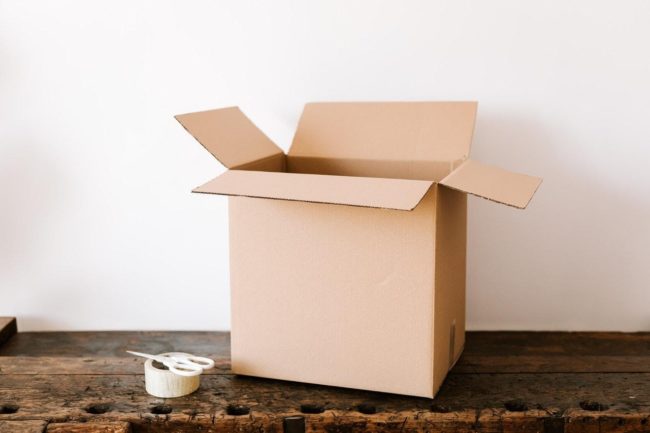
Moving across the country can be a thrilling experience, one that gives you a chance to explore new cities and get a fresh start in your personal life or career.
But a long distance move is also a complicated and exhausting process, one that can take weeks of careful planning. If you want to make your trans-continental trek as pain-free as possible, here are three rules to follow when packing up your house.
1. Don’t Take What You Don’t Need
If you’re doing a long distance move across the country for a promotion, a new job, or for family reasons, you don’t always have a lot of time to plan the move. It can be tempting to simply pack the house up as quickly as possible.
We all have boxes and drawers in which odds and ends have been accumulating for years, and the prospect of sorting through it all can be exhausting. Similarly, figuring out which books, toys, and keepsakes you really want to hang on to can be a days-long undertaking that you just don’t feel you have the energy for.
One of the easiest ways to make the long distance move cheaper — and unpacking easier when you reach your destination — is to spend a bit of time sorting through what can be gotten rid of before boxing up. If you haven’t worn a jacket or used an old electronic since the last time you moved it, chances are you won’t miss it in your new home.
2. Coordinate with Your Moving Company
As you sort through your belongings, you should also be getting in touch with long distance moving companies to do some price shopping. Once you’ve settled on a team that you’re confident will be able to meet your needs at an attractive price point, you can start planning the specifics of the trip.
At this point, it can be worthwhile coordinating with your movers about how you should pack. Experienced companies like Metropolitan Movers have spent years transporting people’s furniture and belongings across the country, and can give you tips on how to keep your belongings safe.

3. Maximize Efficiency
When you’re planning a long distance move, every pound and every extra box adds up. You can reduce the overall tonnage that you are shipping by ruthlessly getting rid of heavy but inexpensive items you can easily replace when you reach your destination (like fitness weights and cast iron skillets).
But when it comes to actually packing for a long distance move, what you want to bring you should also try to fit everything into as little space as possible.
Efficient packing often requires creativity. For example, instead of buying yards of bubble wrap to pack up your dishes, you can use towels and clothes to protect plates and bowls, and you can counterbalance heavier items with lighter ones to fill up space and make boxes easier to lift.
A long distance move requires you to juggle many different needs, and sometimes it can be hard to know how to prioritize between them. These three rules can help guide your decision-making so you stay focused on the things that will keep costs down while making the move as smooth as possible.



